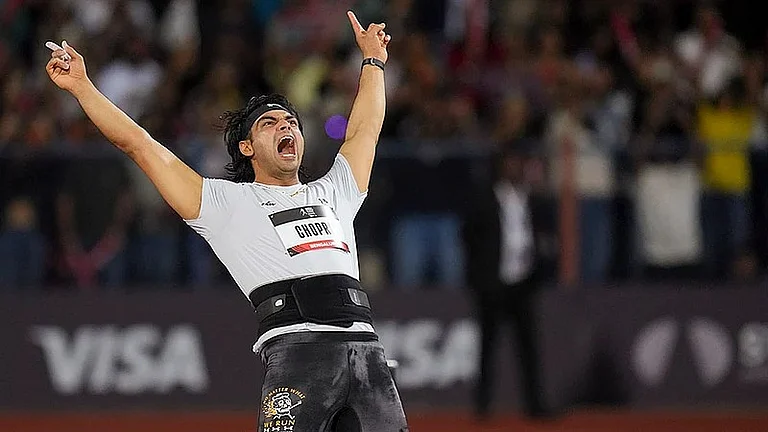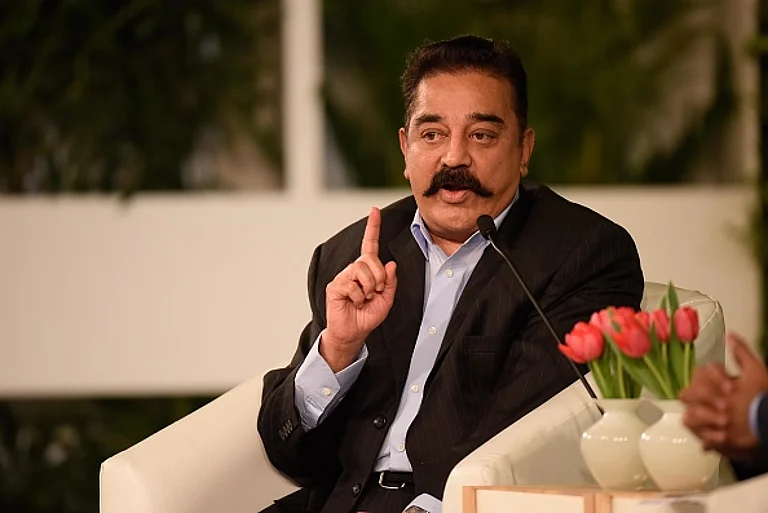This bright and antiquated celebration, which takes place during the spring equinox, is one of the most significant and colorful events, as well as the first day of the new year in the Iranian calendar. Navroz directly translates to ‘New Day,’ it is the festival of the rebirth, of the new day, of spring.
The festival of Nowroz is observed worldwide on March 21, within the vernal equinox marking the seasonal transition to spring. Interestingly, the celebration takes place in India nearly 200 days after the date following the Shahenshahi calendar. Its relevance and origins in India are best understood within the context of the Parsi community’s traditions and culture.
Origins of Navroz
The start of Navroz goes back more than 3000 years to the religion of Zoroastrianism in Persia, now known as Iran. This festival was established by the prophet Zoroaster (Zarathustra) and is one of the essential celebrations in Zoroastrianism. The New Year according to Navroz is the triumph of good over evil and the rebirth of the world. It is observed on the vernal equinox and it represents the equality of day and night and therefore refers to the balance that the creators of the universe have created.

Navroz was introduced in India by the Parsis who are the Zoroastrians who migrated from Persia to India in the 7th Century AD to avoid persecution. Parsis made their habitation in the western coastal area of India specifically in the states of Gujarat and Maharashtra. In the course of time, they have got themselves included in the structure of the Indian population and cultural mainstream, making huge contributions to the growth of the nation as well as retaining their distinct ethnic identity.
The Significance of Navroz
For the Parsi community in India, the festival of Navroz has a deeper meaning which is associated with rebirth, purity, and triumph of the good over evil. It is a time when people meditate, seek forgiveness from one another, and start a new life. The festival has several practices and norms that symbolize the Parsi lifestyle and their culture and beliefs.
Preparations and Celebrations:
The tenth day before Navroz Parsi families clean and dust their homes and remove all clutter which is called “khaneh tekani”. This practice is a way of purging out the undesirable energies and creating room for good energies and new beginnings. The homes are adorned with flowers and the rangoli which is a colored pattern drawn on the floor.
The Haft-Seen Table
One of the unique traditions of Navroz is the preparation of the Haft-Seen table, which includes seven items that begin with the Persian letter ‘S. ' The Haft-Seen table typically includes:

Sabzeh (sprouted grains): Symbolizing regeneration or growth for new living and new life.
Samanu (sweet pudding): Symbolizing strength and authority.
Seer (garlic): Having symbolic meaning associated with health and medicine.
Seeb (apple): Representing beauty and good health.
Senjed (dried oleaster fruit): Symbolizing love and compassion.
Somāq (sumac berries): Representing the dawn, which denotes the victory of light over the darkness.
Serkeh (vinegar): Symbolizing patience and wisdom respectively.
Other items like a mirror, candles, decorated eggs, a bowl with goldfish, etc are also used and each of them has a different symbolic meaning.
Other items like a mirror, candles, decorated eggs, a bowl with goldfish, etc are also used and each of them has a different symbolic meaning.
Navroz in Contemporary India
Even today, Navroz has become a colorful and spirited occasion in present-day India and is not celebrated merely by Parsis but by other communities as well. Places like Mumbai, Pune, and Ahmedabad – areas where Parsis reside in large numbers – celebrate Navroz with a lot of enthusiasm. Celebrations, cultural performances, and community actions are held to commemorate the day, promoting togetherness and cultural interaction.
Navroz helps the people of India to open their hearts to the multicultural unison of people in the country and welcomes a new year in appreciation and harmony. It is a symbol of joy and vitality, as well as focusing on the Persian Zoroastrians or Parsis’ contribution to building and forming India.
In this Navroz let’s bring in the New Year, which has a promise of a fresh beginning, with an upbeat and warm spirit of the people, ready for change, help, care, unity, and togetherness.



























